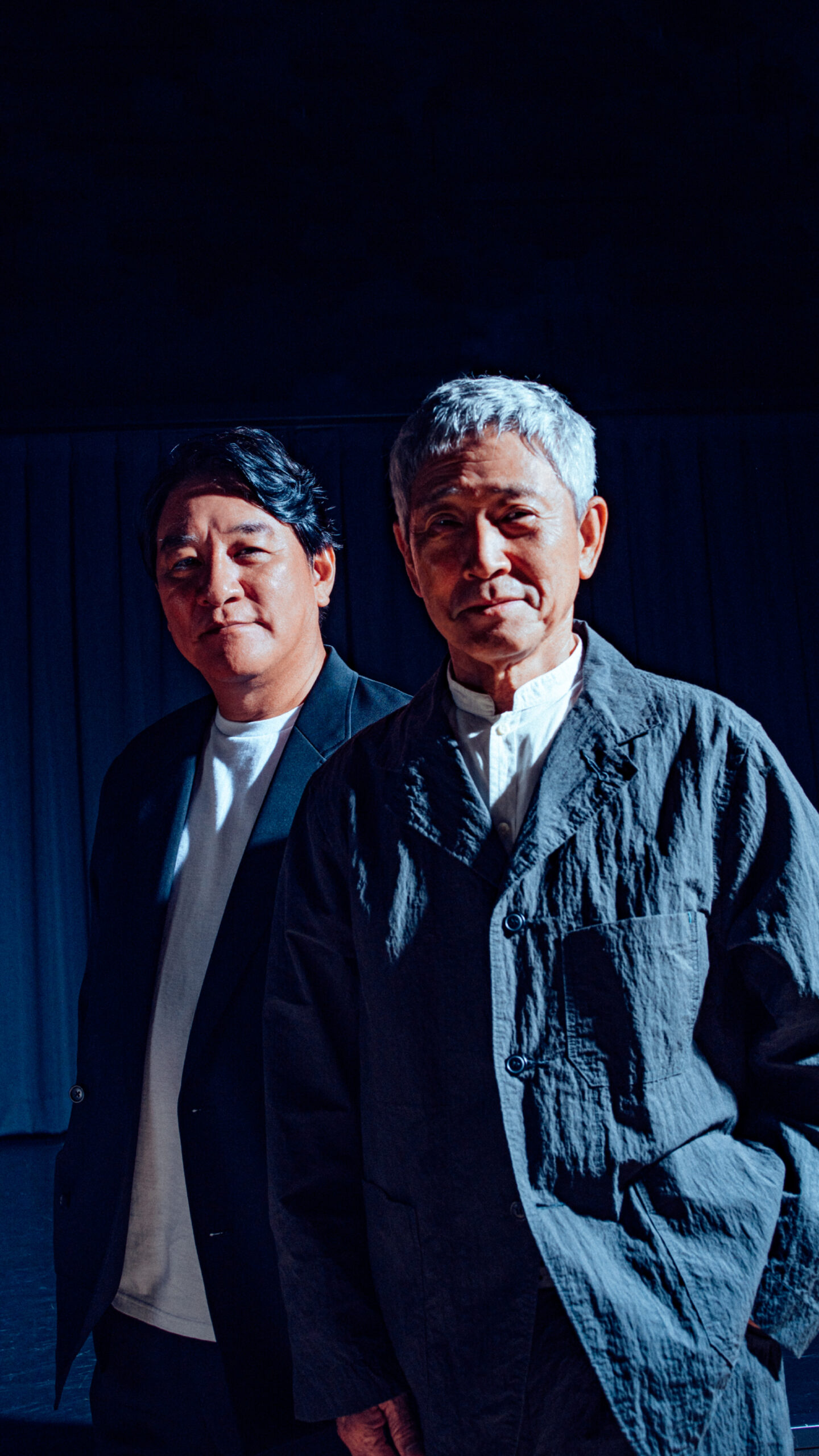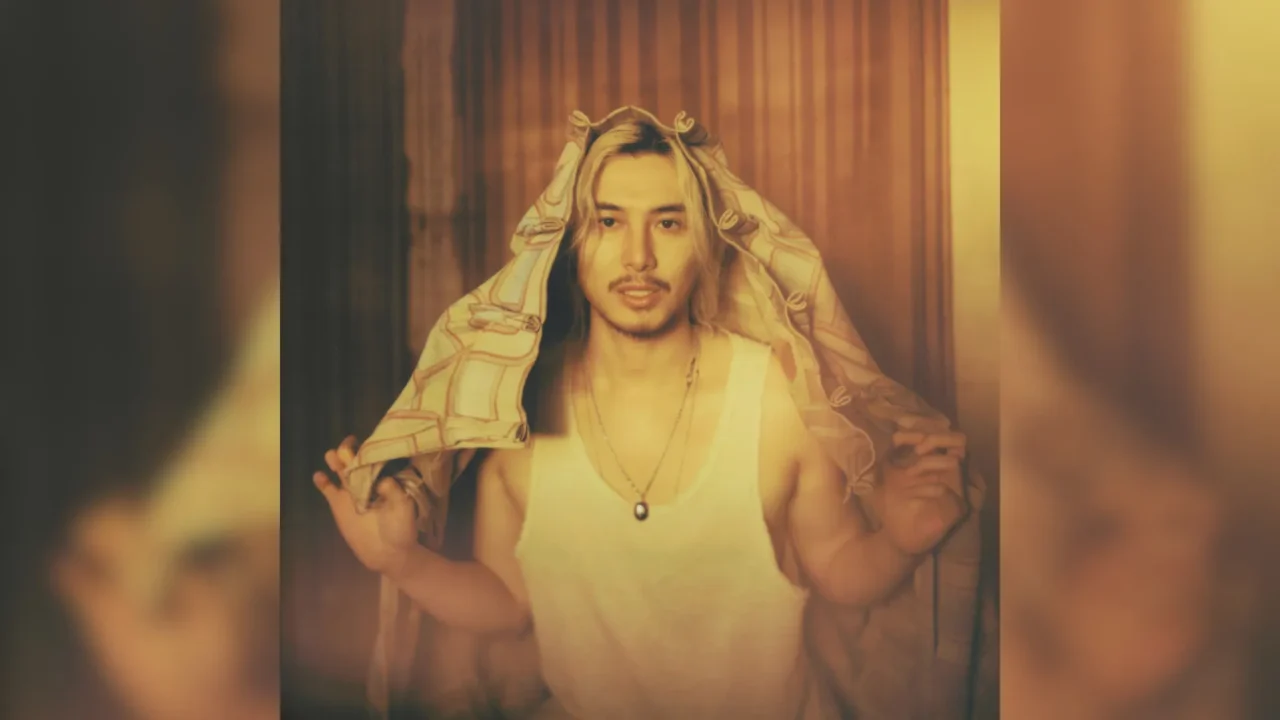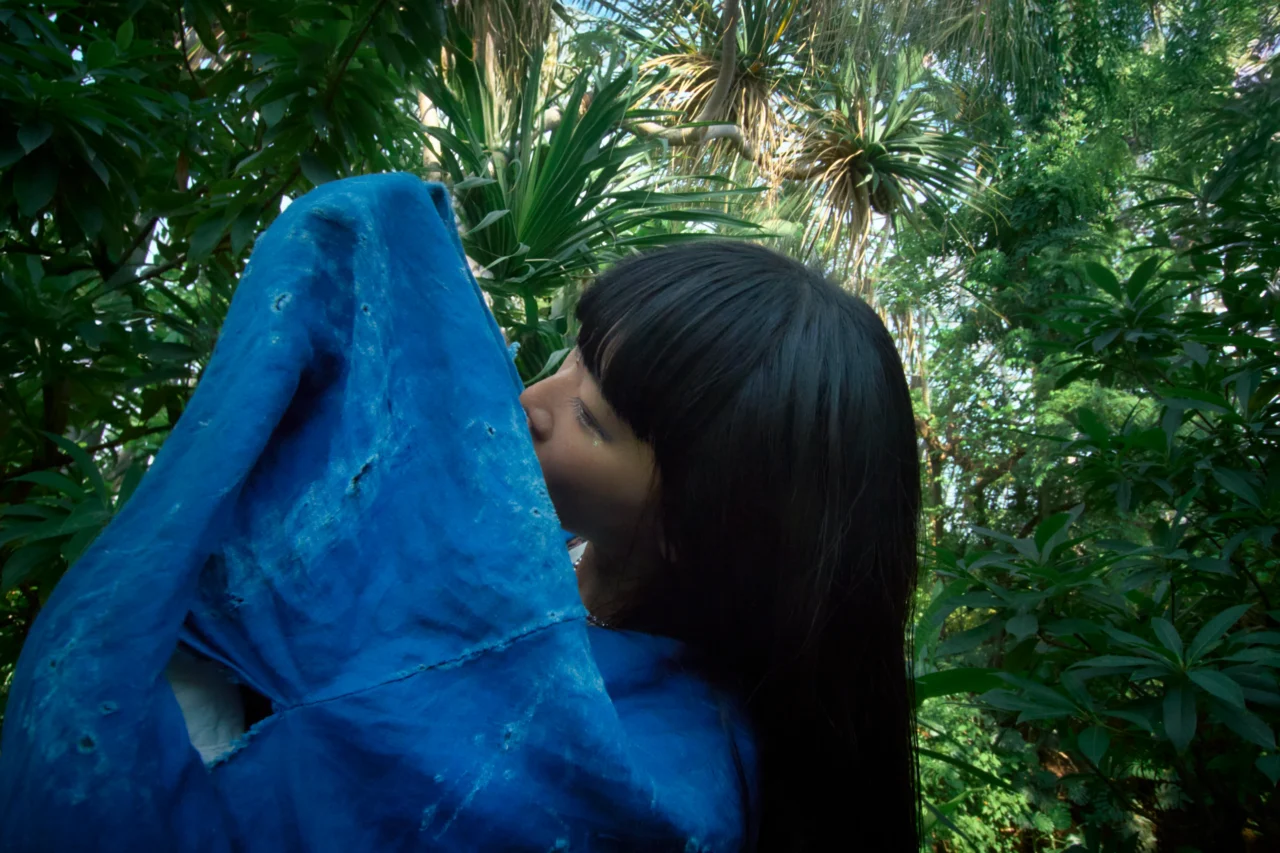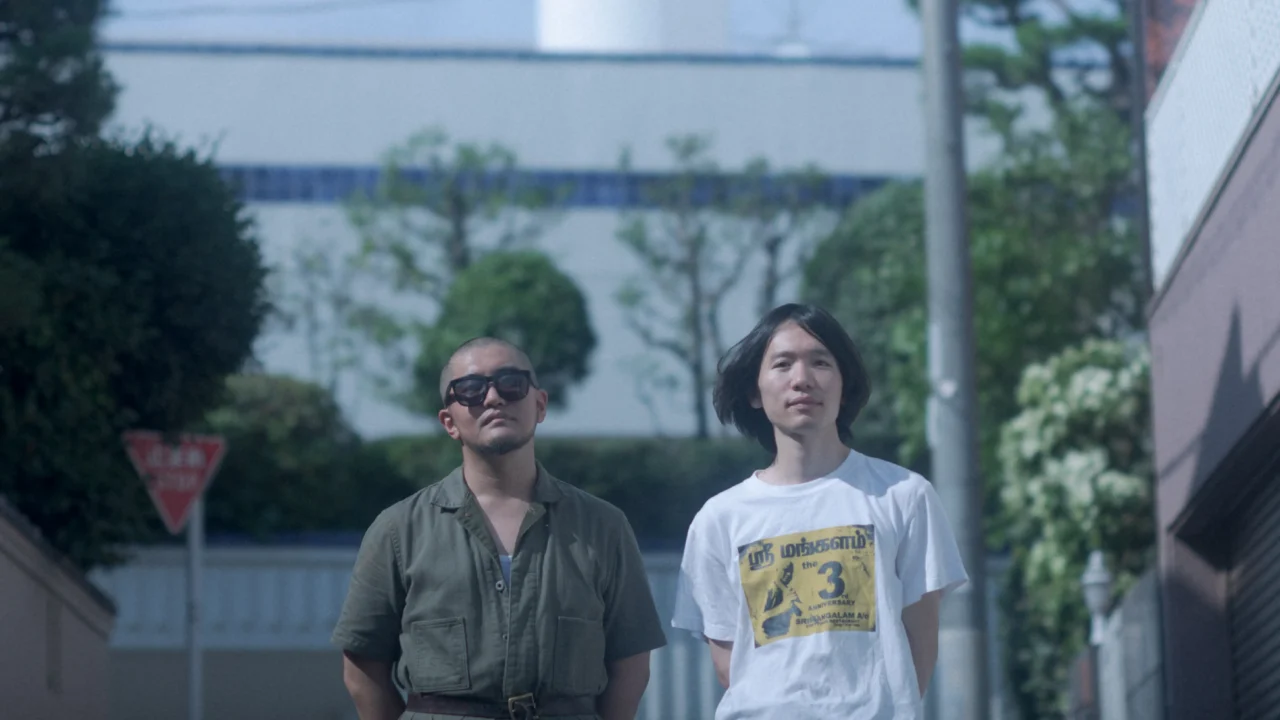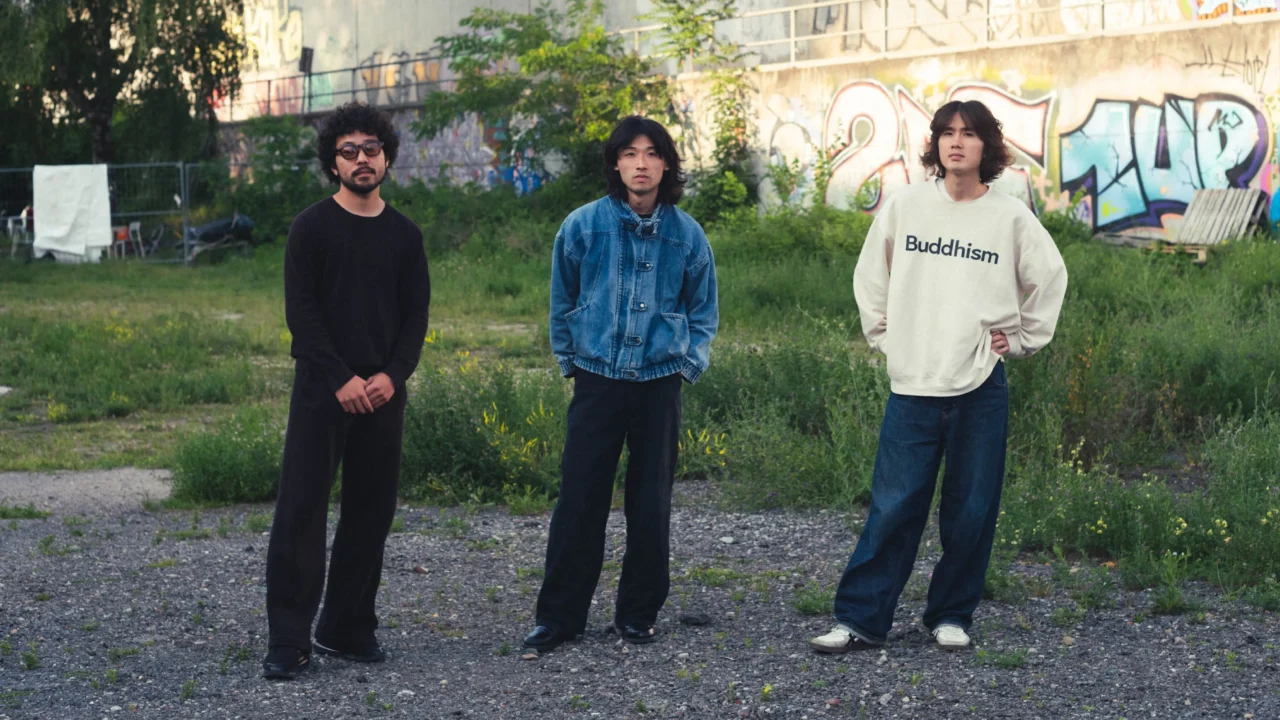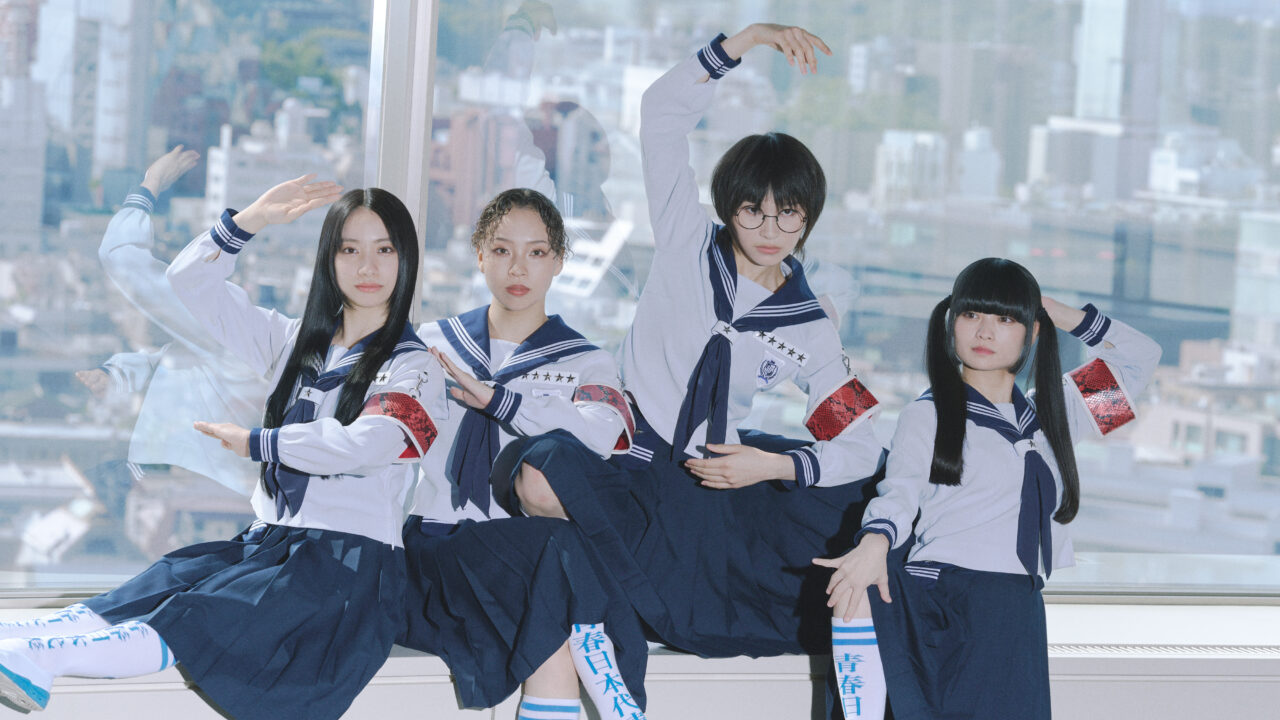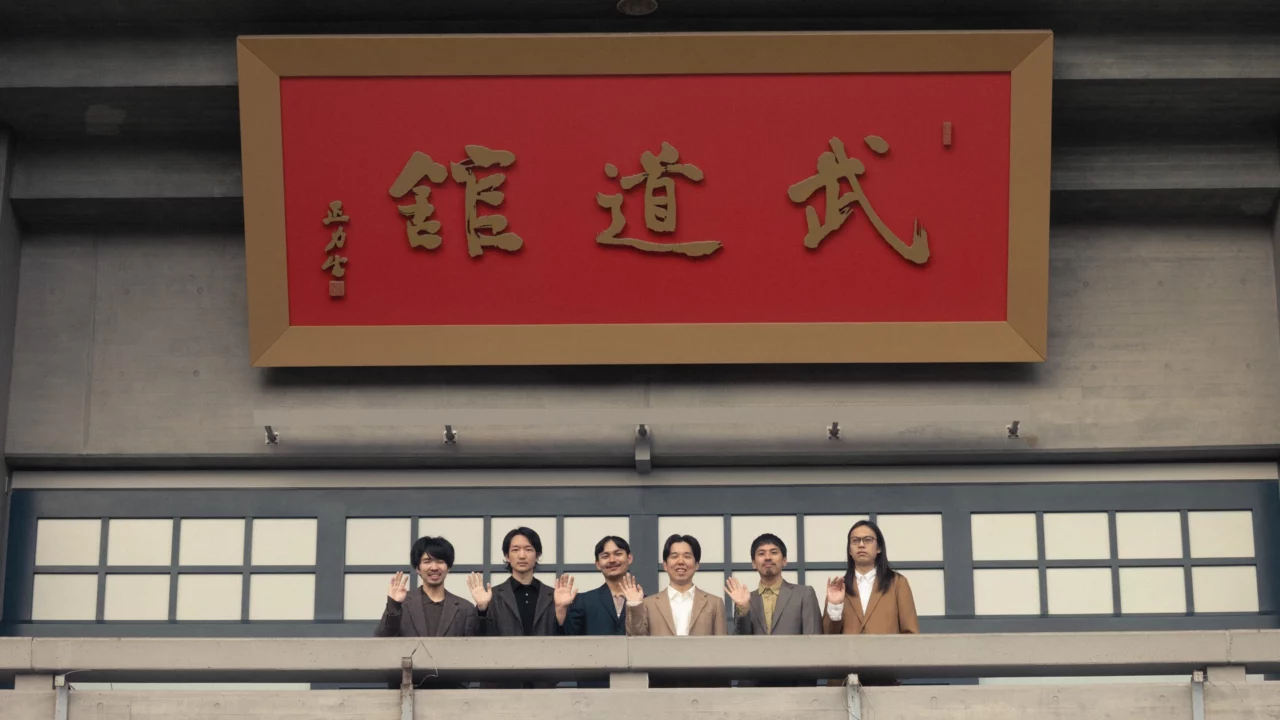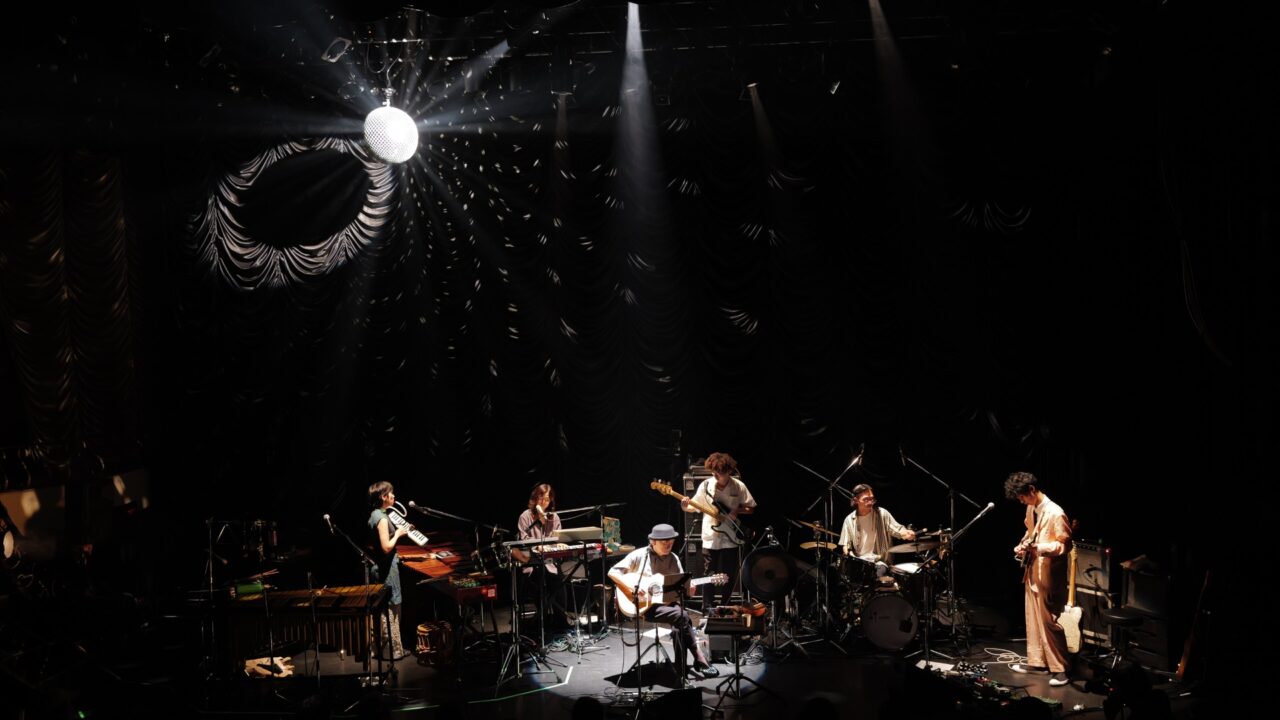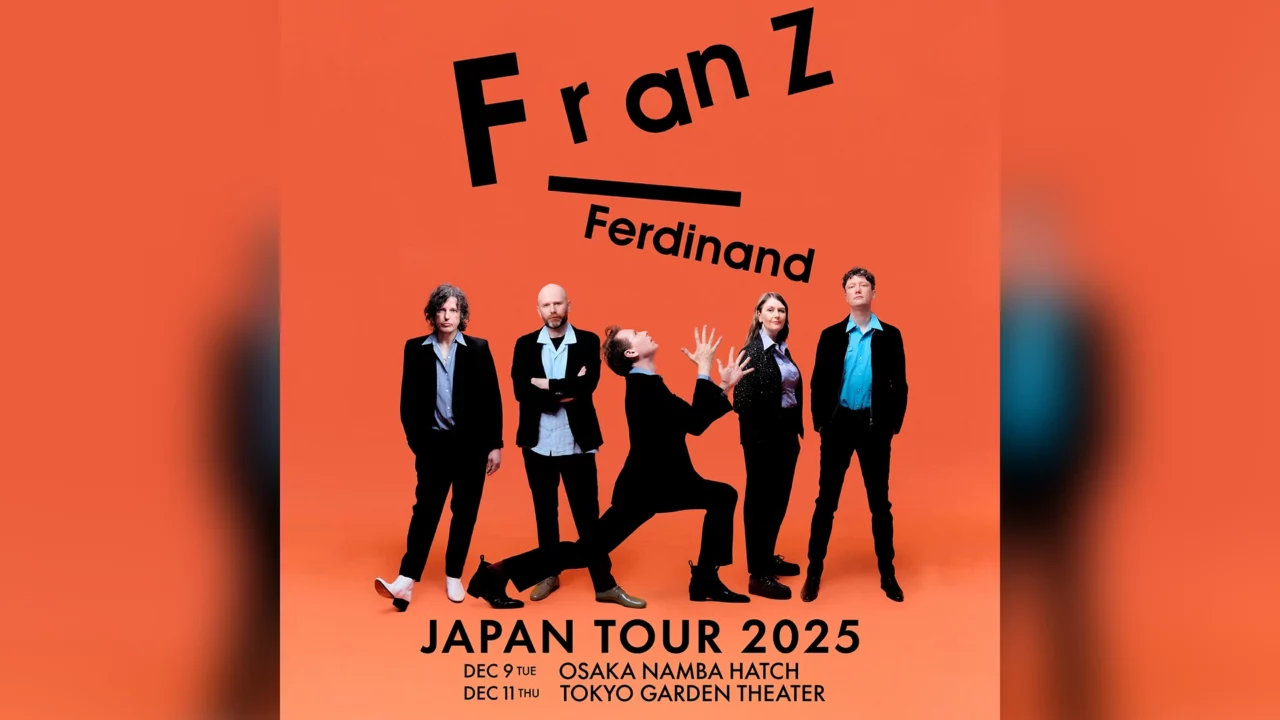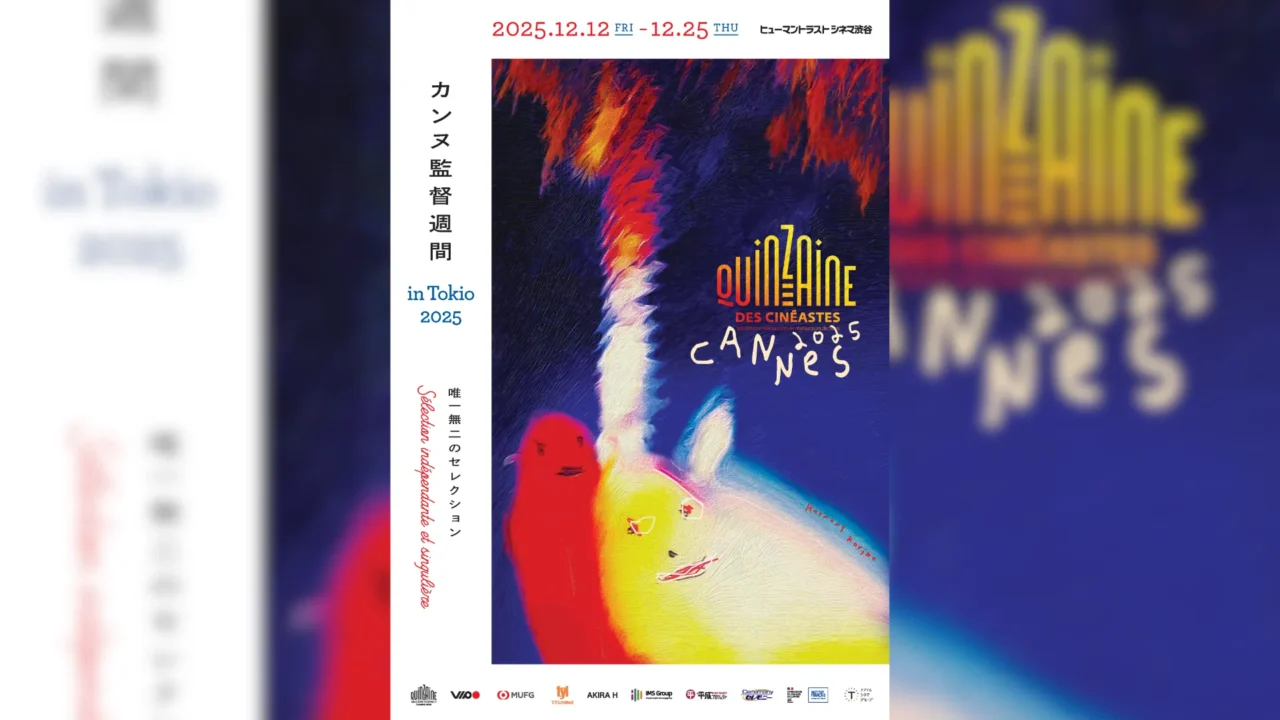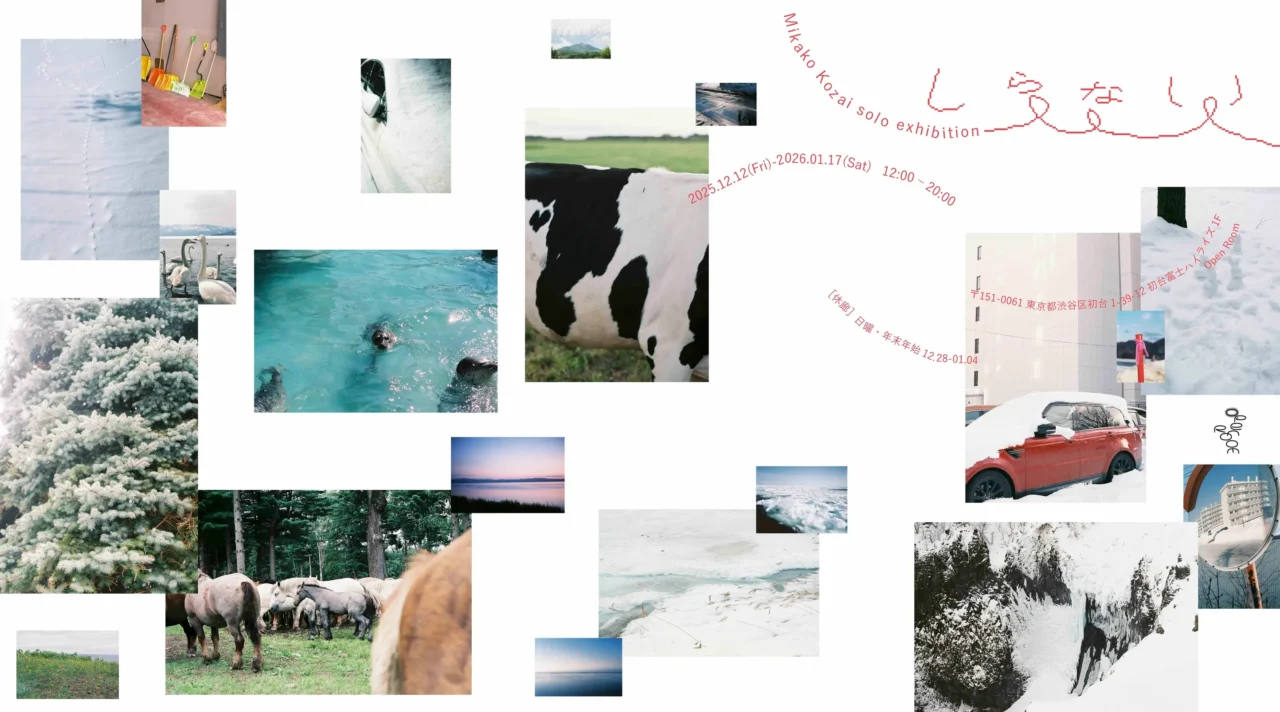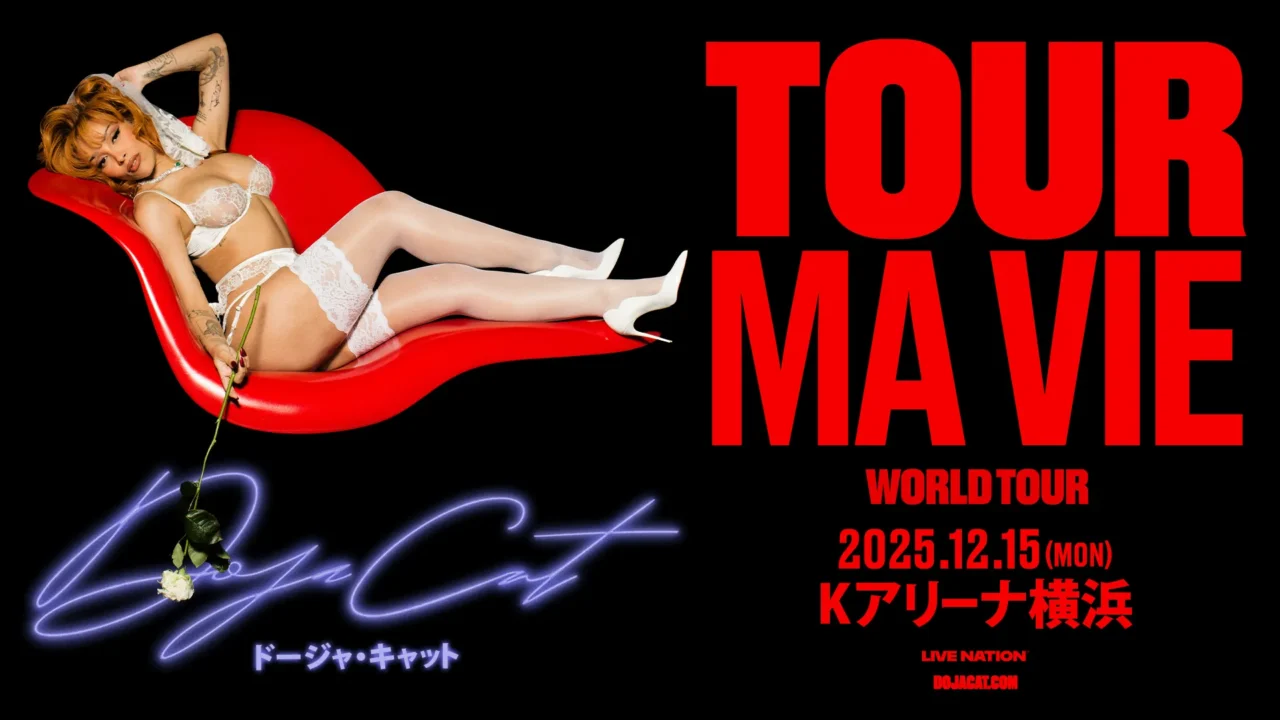In 2021, the anime Odd Taxi captured audiences and sparked conversation. Now, director Mugi Kinoshita and screenwriter Kazuya Konomoto reunite for their first original feature-length animation, The Last Blossom.
The story follows Akutsu, an elderly former yakuza confined to a solitary prison cell, his body weakened by illness. Beside him grows a single, unusual plant—Hōsenka Flower—which, inexplicably, can speak. Legend has it that only newborns and those nearing death can hear its voice. Through their quiet conversations, Akutsu begins to revisit his past. Scenes of the economic bubble and yakuza life emerge, yet his story unfolds with careful, understated detail, and from these intimate reflections, a profound drama takes shape.
Akutsu is voiced by Kaoru Kobayashi, while Hōsenka Flower comes to life through Pierre Taki. Their exchanges within this confined space drive the story with unusual intensity. The cast also includes Junki Tozuka, Hikari Mitsushima, and Yoshiko Miyazaki, while the music of cero adds subtle color to the world.
Kobayashi and Taki share their thoughts on the challenges of voice acting, the connections between classic Japanese cinema and this new work, and the significance of portraying “selfless love” in a world driven by numbers. Early on, Kobayashi asked the director, “Who is this film for?” After seeing the completed piece, what hopes and emotions lingered in his heart?
INDEX
Voicing a Dying Man and a Talking Flower: Imagining Hōsenka Flower as “An Alien”
So this time, the recording was just the two of you?
Kobayashi: Since the protagonist Akutsu is in his final moments, locked in a solitary cell, most of the scenes are just him and Hōsenka Flower. The other characters don’t really come into play, so I think the director felt it would be best to focus on the interaction between the two of us.
Pierre Taki: I remember being told, “Today’s recording is with Kobayashi-san,” and when I arrived at the studio and greeted him, we immediately went into the booth and started.
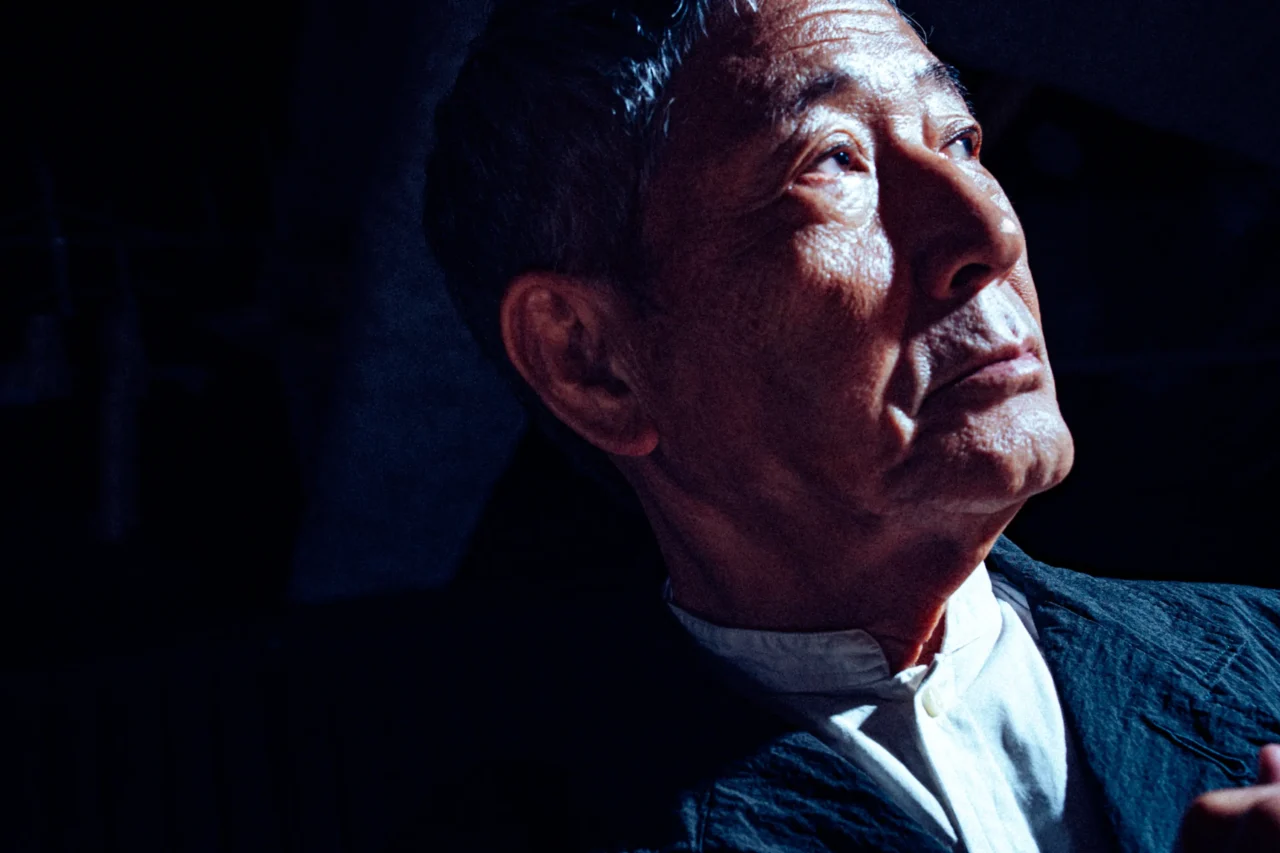
Born in 1951 in Kyoto Prefecture. From 1971 to 1980, he was a member of Jōkyō Gekijō, the theater troupe led by Jūrō Kara. His notable works include the Midnight Diner series, the drama series Naniwa Kin’yūdō, and the film Sham.
You each played very different characters — a dying elderly man and a talking flower. Was it difficult to sync your performances?
Kobayashi: From my perspective, I think it was probably more challenging for Pierre. In live-action work, we’re used to having makeup, costumes, a set to enter, a director and co-actors—all of that support helps you perform. When you’re suddenly standing in front of just a microphone with nothing else, it’s harder to feel like you’re “acting.” You have to remember that the ones actually acting are the characters inside the animation. In that sense, I think it was more difficult to find the right energy and tone for the anthropomorphized Hōsenka Flower than for Akutsu, a real human being.
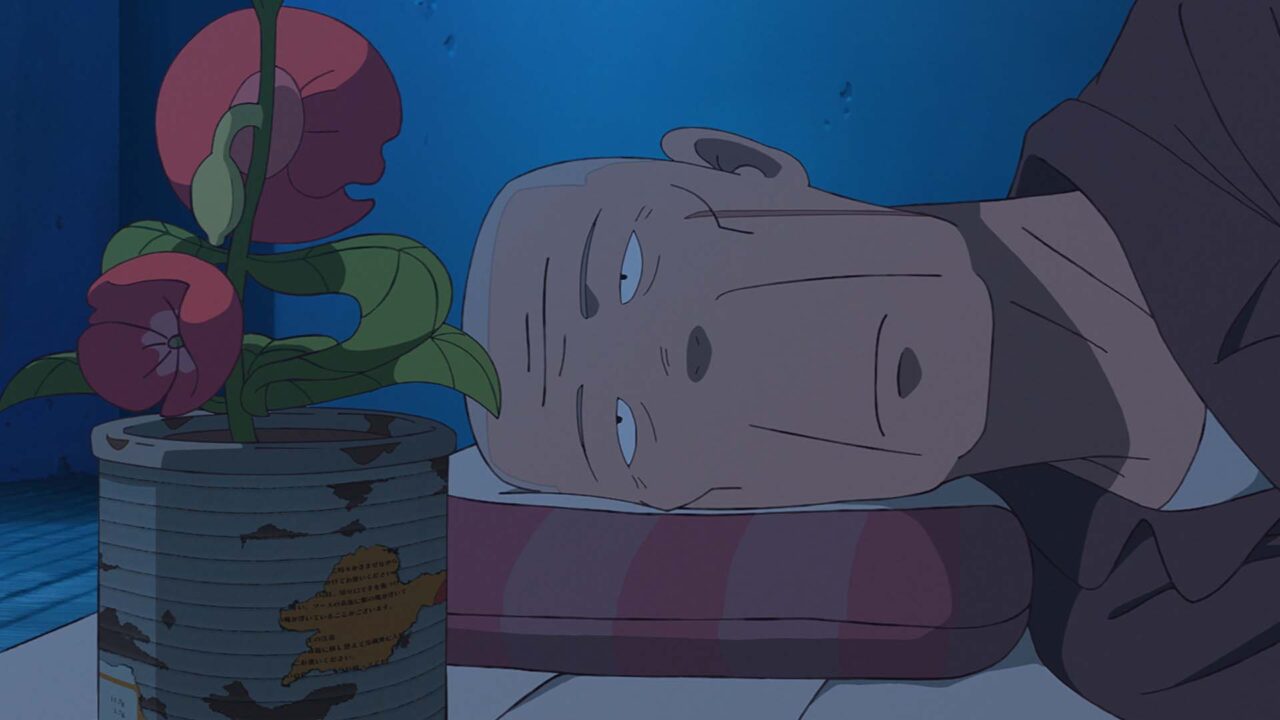
Pierre Taki: The character Hōsenka Flower in this film can be interpreted in many ways. It can come across as a highly enlightened, almost transcendent being, or it can be played as genuinely cute. You could even see it as an alien from space, observing Earth and thinking, “I don’t really understand this planet, but humans are strange.” I presented these three approaches to the director, and in the end, the “alien-like” interpretation was chosen. Since the character has no ears, nose, or mouth, you can’t read its expressions, so I spoke with a kind of dry, extraterrestrial distance—honestly but without overdoing it. It’s a borrowed voice, in a sense — I tried not to make it too cute and to hold back as much emotion as possible.
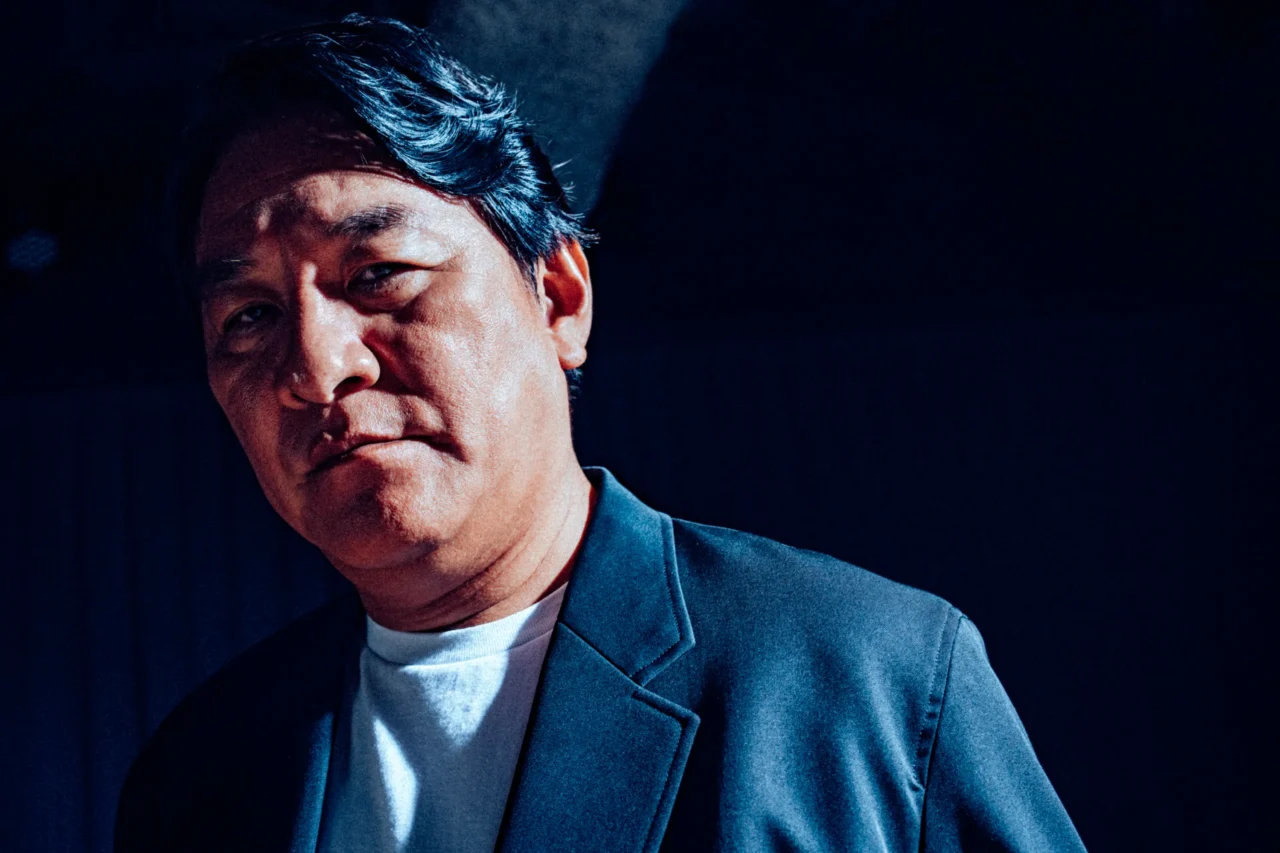
Born April 8, 1967, in Shizuoka Prefecture. In 1989, he co-founded the band Denki Groove with Takkyū Ishino and has been active as a musician, while also pursuing a career as an actor. His notable works include Twisted Justice, A Man Called Pirate, Outrage Coda, Sunny, and The Blood of Wolves.
INDEX
Human Warmth and Love Beyond the Numbers in a Cost-Conscious Era
When I watched the film, I was struck by how Akutsu’s life as a yakuza is portrayed without judging it in terms of good or evil. Kobayashi-san, how did you receive this story?
Kobayashi: This is just my personal interpretation, but I felt that in its depiction of selfless love, this film is reminiscent of The Life of Matsu the Untamed (※). The Last Blossom seems to be exploring the idea of “selfless love” that existed in people of the past, at a time when today’s society is increasingly focused on profit and numbers. There was a period when devoting yourself to something that wouldn’t make money—and protecting it for your whole life—was considered noble, even if it now seems like a fantasy. That spirit is present in Akutsu as well. I think the film draws on values seen in older movies, and if young people watching The Last Blossom find that perspective fresh, then I have to say the director and creators have done something remarkable.
*A novel by Shunsaku Iwashita depicting the life of Muhōmatsu, a rough rickshaw man, and his interactions with the widow of a friend who died suddenly and her young son. It was adapted into films four times between 1943 and 1965.
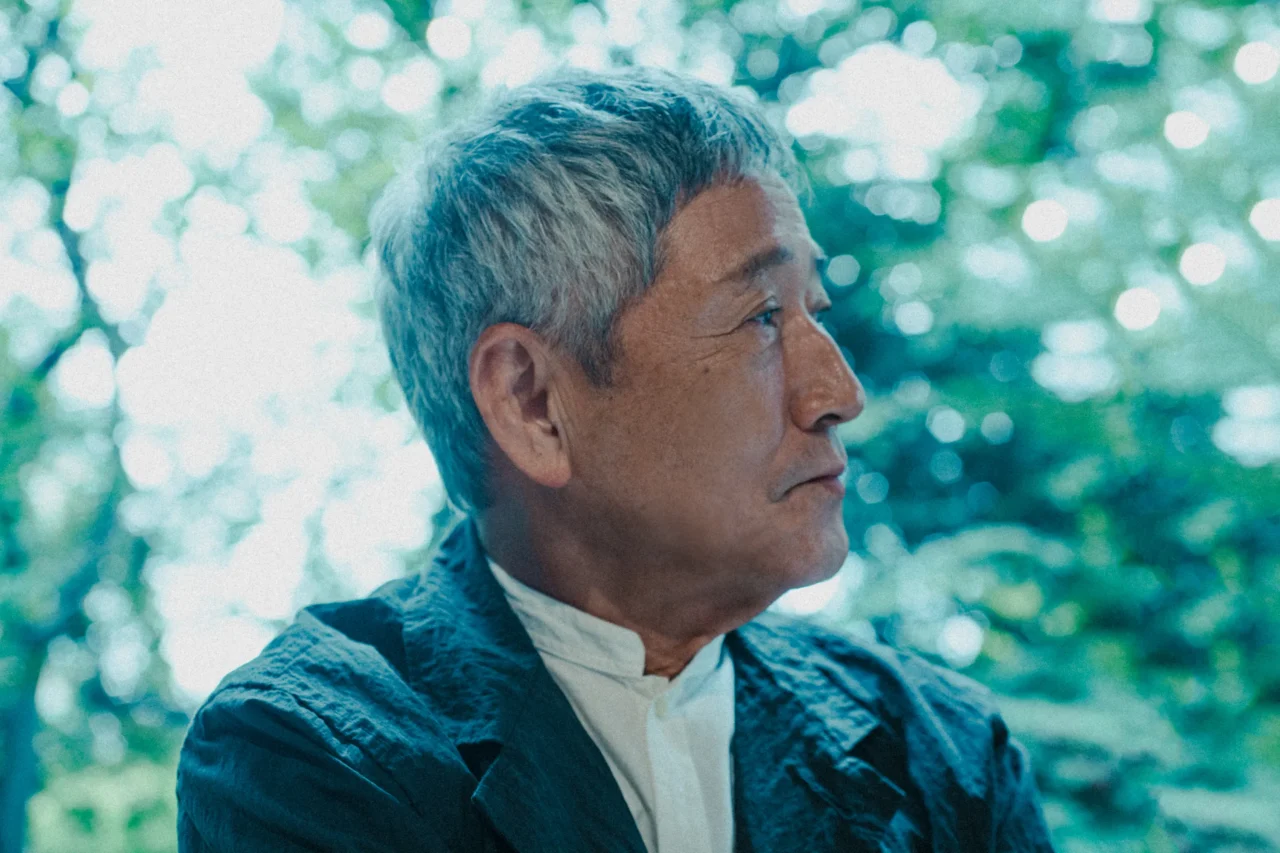
The film is set in 1987, at the dawn of the bubble economy, which feels very symbolic.
Kobayashi: Exactly. When you experience today’s mindset—where if you can’t make money, you’re worthless — you realize there used to be a sense of appreciating beauty, admiring things for their own sake. If this film presents that, then I think it’s quite a bold endeavor.
Pierre Taki: Nowadays, YouTubers live in a world where it’s all about views. Numbers are what matter; feelings don’t count. Numbers are justice. Somehow, society has shifted that way. The sense of “giri” (duty or honor) in an old-school yakuza like Akutsu, or the clumsy way someone might pursue a love that will never succeed—these are virtues humanity has left behind. I feel this film is asking, “Do we really want to lose that?”
It’s a story that focuses on small, ordinary moments: walking through the grass with someone you love and feeling joy, noticing a flower blooming in the garden and seeing its beauty, hearing the hum of a microwave overlap with the sound of tape being peeled and thinking it sounds like music. It emphasizes the beauty in daily, mundane life. From there, it makes sense that there would also be acts guided by “giri” or human warmth. That’s why it feels so unlike anything being made today. You don’t see films like this now, do you? [laughs]
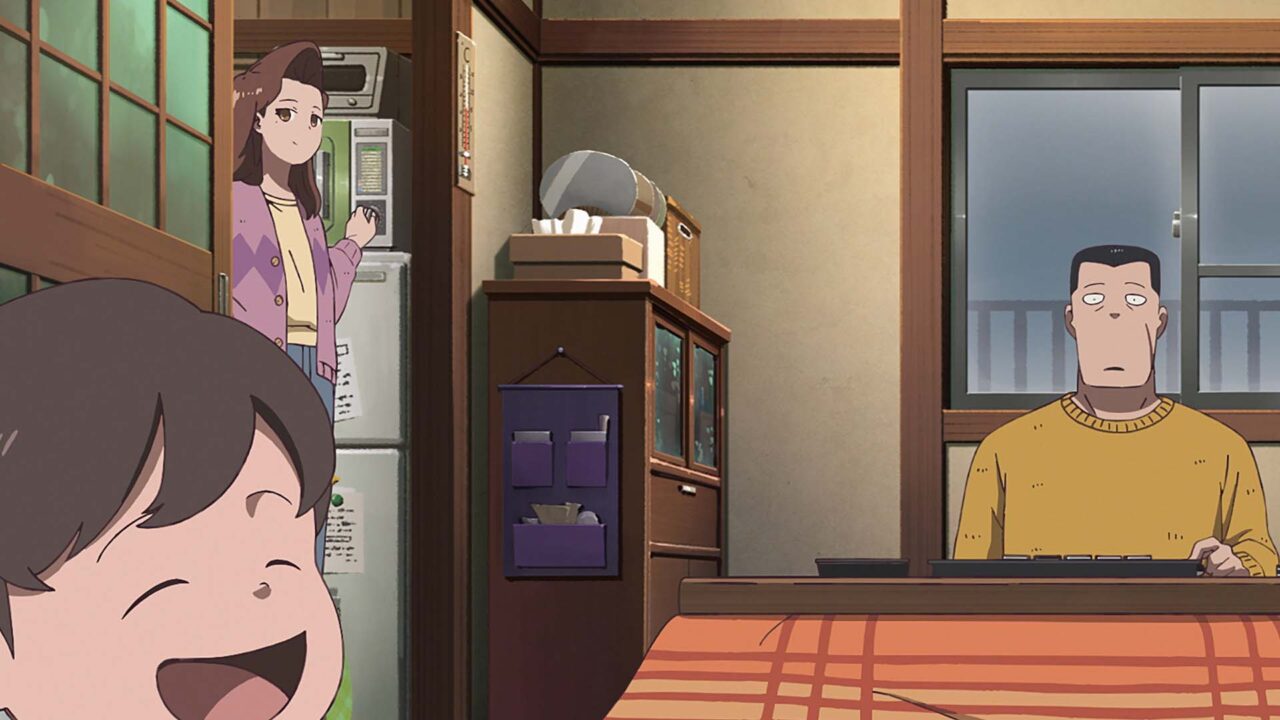
INDEX
Altruism Over Self-Interest: The Value of “A Love Devoted for a Lifetime”
There’s also a tendency nowadays to dismiss those “old-fashioned, good values,” isn’t there?
Pierre Taki: Yeah — people might say, “That’s uncool.” But I think that spirit still exists in young people. The problem is that today’s society makes it hard to uncover. Numbers, metrics, and all kinds of pressures tend to cover up the feelings people naturally have. I feel this film has the power to wash some of that away, letting those values quietly resurface.
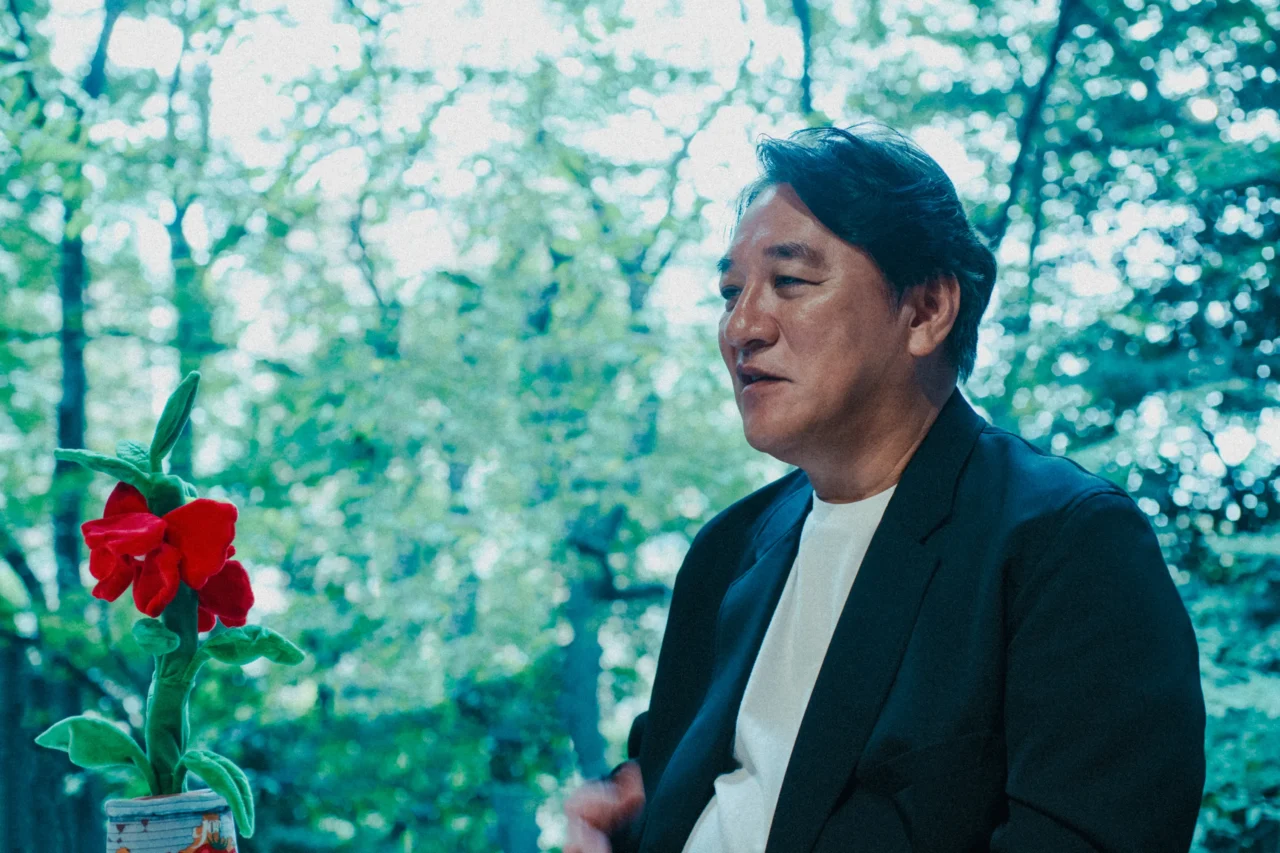
Kobayashi: People have become less able to feel that the ordinary, everyday moments are what make life truly happy. Every year, I visit a certain place on a trip, and the people who live there aren’t wealthy and don’t have much, but they farm, fish, and seem genuinely content. They’re always smiling—it’s a kind of richness you can feel. Compared to that, I think we might be lacking experiences in our lives that give us a real sense of fulfillment.
Can you give a specific example of that?
Kobayashi: For instance, no matter how much money you earn, it’s just a number. It can make you feel like you “have something,” but does it make you truly happy? Not necessarily. There’s a kind of happiness you feel when you hold a deep, personal sentiment close to your heart—something you can’t compare to receiving a diamond or an apartment. I think even just presenting this kind of worldview through a film, through animation, can help people feel that richness.
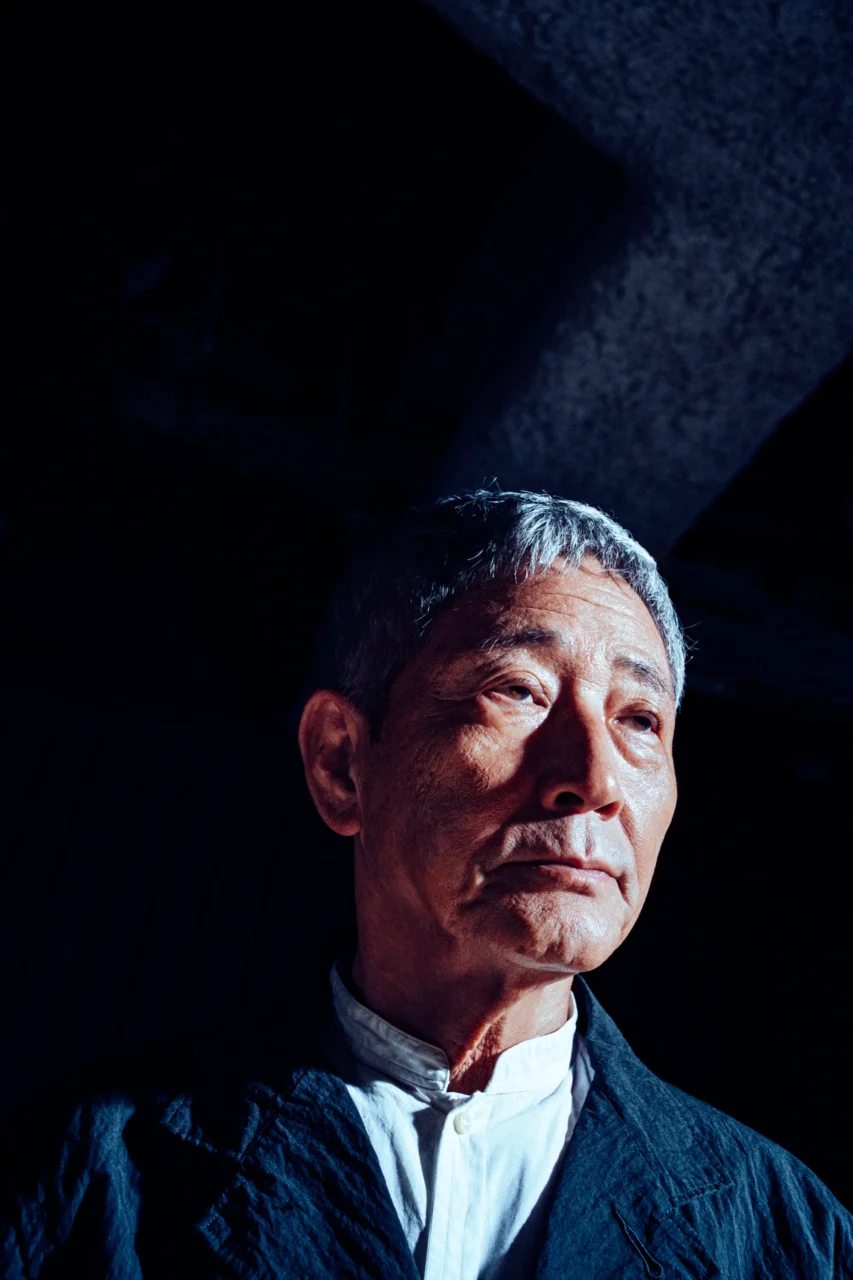
Some emotions are difficult to express in words, and perhaps animation, where even the smallest details can be crafted, allows them to be conveyed. In the film, Hōsenka Flower passes on memories as seeds even after withering. Do either of you ever think about leaving something behind for the next generation through your work?
Pierre Taki: I don’t really think about passing anything down, and honestly, when I encounter music that’s supposed to be “for the next generation,” I think, “Ugh, what a hassle,” and don’t even want to listen to it [laughs]. But speaking of what Kobayashi-san mentioned about “selfless love,” I do feel that love is about how much of your life you can give for others. Even something like taking your kids to and from school uses up your limited time, right? You do it because you love them. Nowadays, it seems like spending your time on yourself is considered the “right” thing to do — but I don’t think it should be only that. If you can also give time to your family, the people you care about, and even those around you, that’s even better. I hope that kind of feeling comes across through what we do.
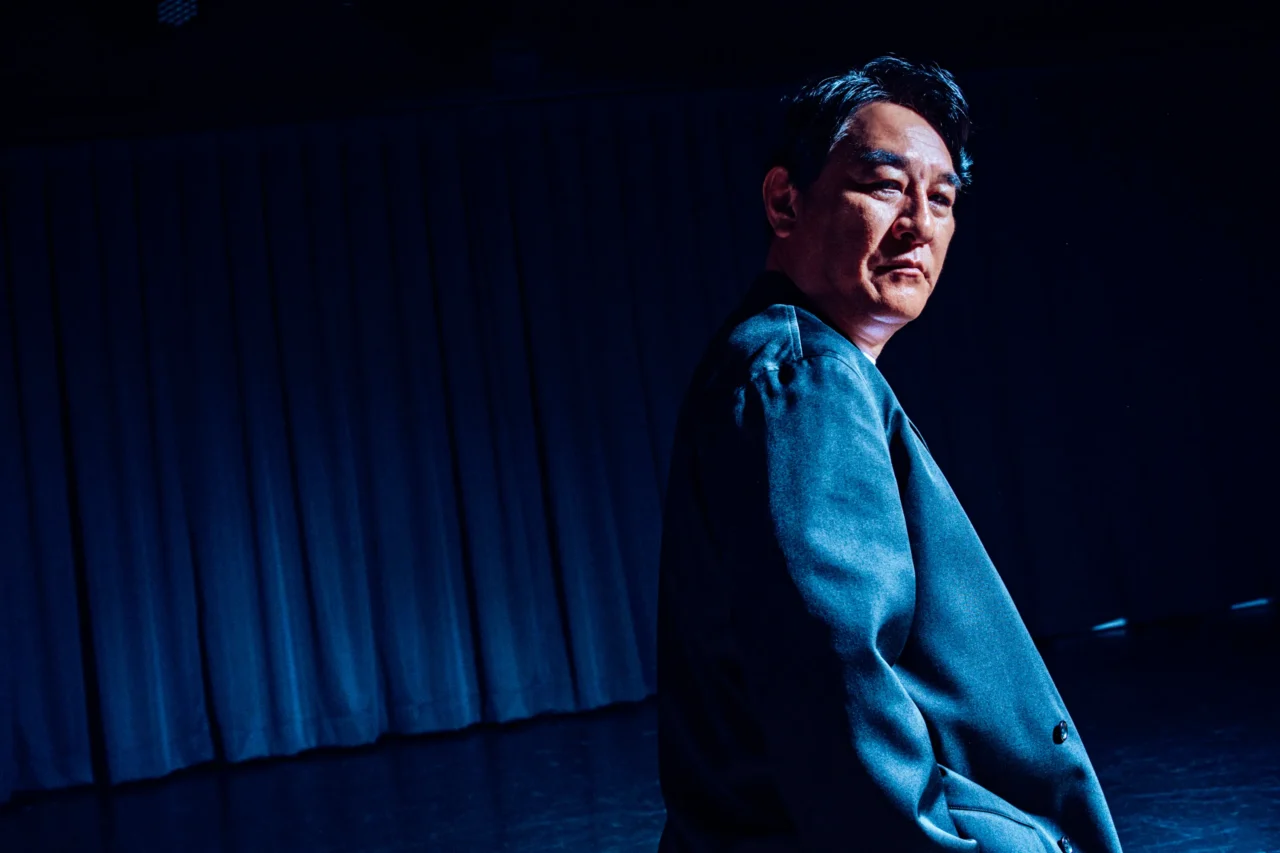
Kobayashi: I don’t have that kind of intention myself. Still, sometimes it happens unintentionally, as a byproduct of what you do. Naturally, I’ve been influenced by the generation before me, but I don’t set out to deliberately pass anything on. That said, I do think certain things can be transmitted unconsciously — qualities that seem less valued today, like caring for others or cherishing life, or, as Pierre mentioned, the ability to find joy in small, everyday moments. These things are passed down in their own way. I can’t arrogantly say, “This is what should be preserved,” but like a wave, some of it inevitably flows on — and I hope it continues to do so.
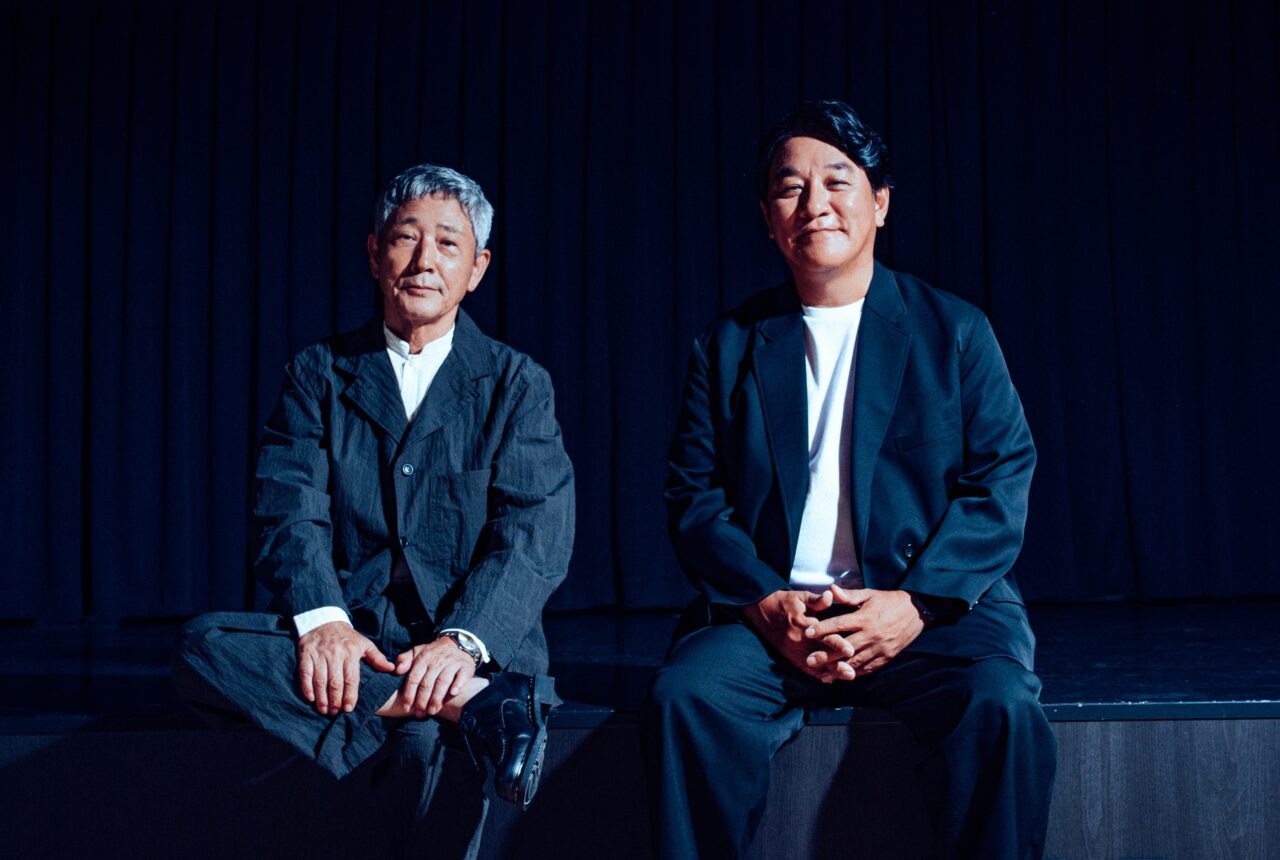
The Last Blossom
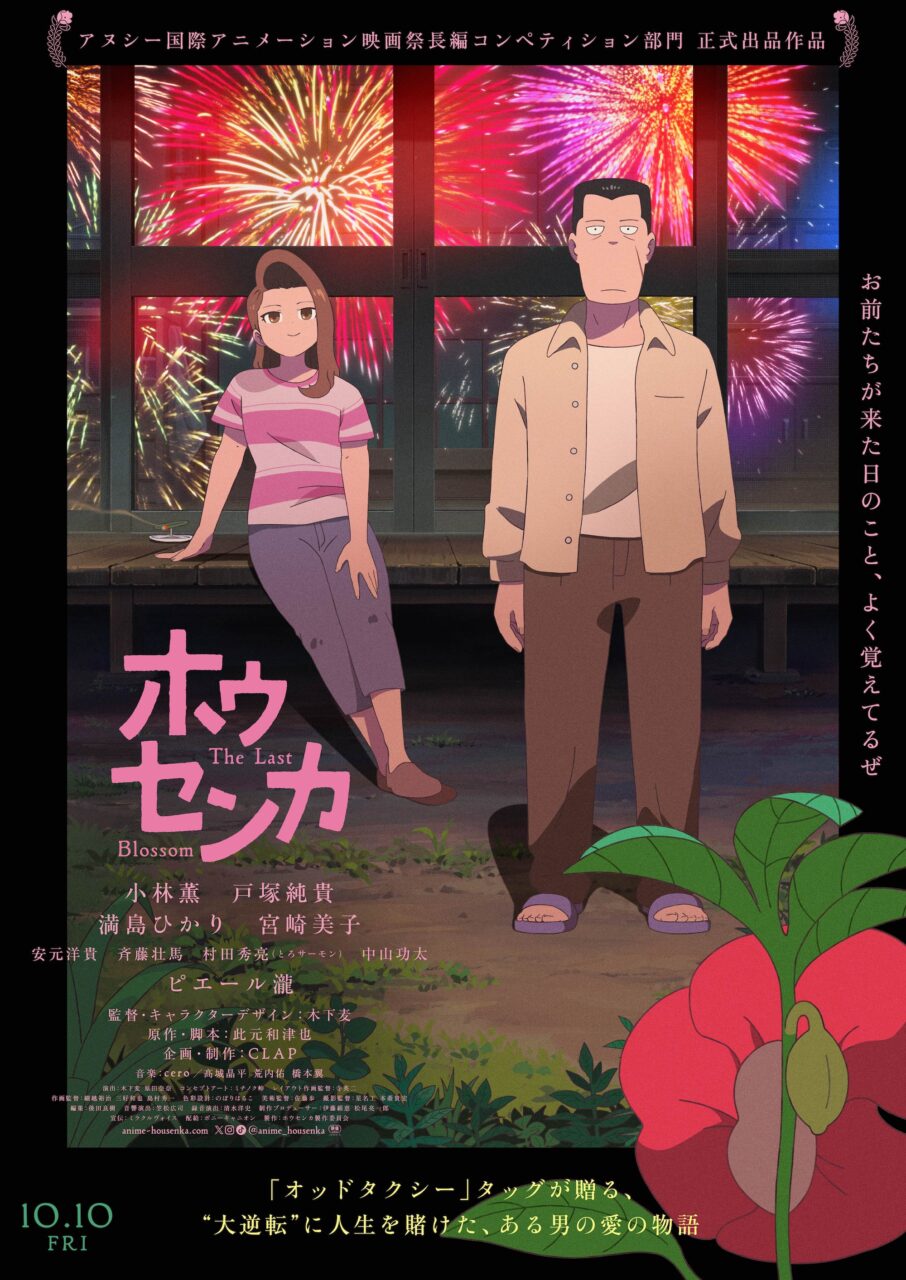
Opening: Friday, October 10 — Shinjuku Wald 9 and nationwide theaters
Cast: Kaoru Kobayashi, Junki Tozuka, Hikari Mitsushima, Yoshiko Miyazaki, Hiroki Yasumoto, Soma Saito, Shusuke Murata (Torosalmón), Kota Nakayama, Pierre Taki
Director & Character Design: Mugi Kinoshita
Original Story & Screenplay: Kazuya Konomoto
Planning & Production: CLAP
Music: cero / Shohei Takagi, Yu Aranai, Tsubasa Hashimoto
Stage Direction: Mugi Kinoshita, Nana Harada
Concept Art: Michinoku Tōge
Layout & Animation Supervisors: Eiichi Tera, Yuji Hosogoe, Kazuya Miyoshi, Shuichi Shimamura
Color Design: Haruko Nobori
Art Director: Ayumu Sato
Director of Photography: Ko Hoshina, Takahiro Motokura
Editing: Yoshiki Ushiroda
Sound Direction: Koji Kasamatsu
Recording Director: Hiroshi Shimizu
Production Producers: Kinue Ito, Ryoichiro Matsuo
Promotion: Miracle Voice
Distribution: Pony Canyon
Production Committee: The Last Blossom Production Committee
Official Website: https://anime-housenka.com
Official X: @anime_housenka
Official Instagram: @anime_housenka





